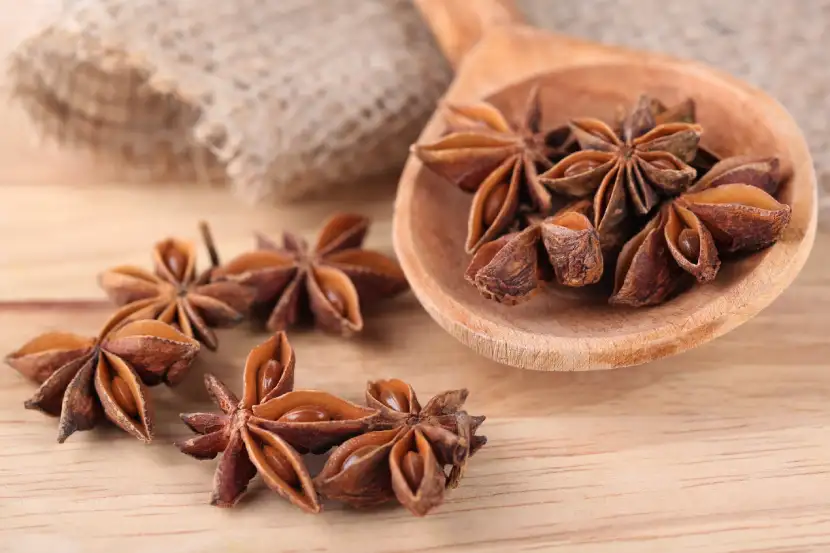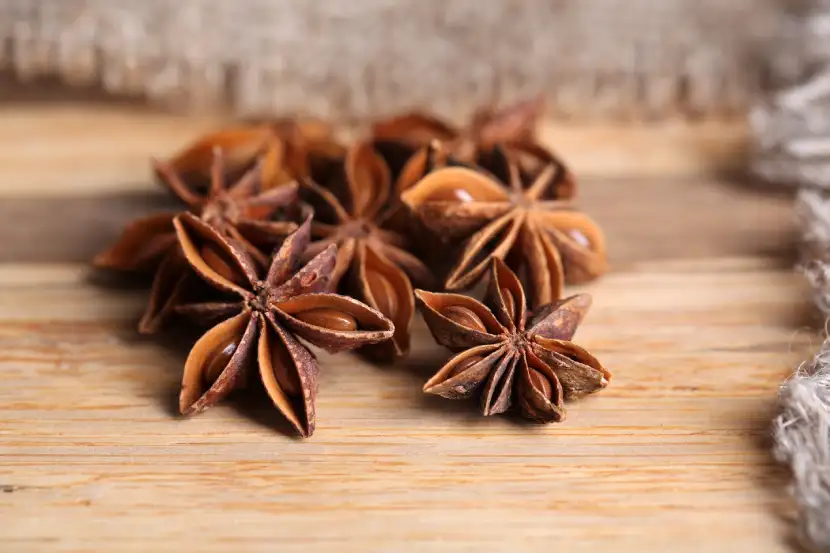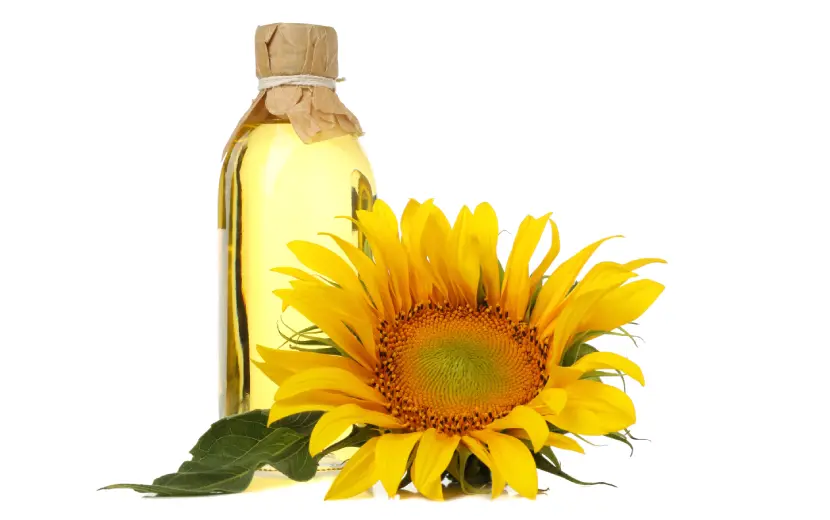What is Anisyl Alcohol?
Anisyl alcohol is a naturally occurring organic compound that plays a significant role in the fragrance and personal care industry. This versatile ingredient is derived from anisole and methoxy compounds, making it an interesting subject for both consumers and industry professionals alike.
Chemical Structure and Properties
The molecular structure features a benzene ring with specific functional groups that contribute to its unique properties. When exploring anisyl alcohol’s composition, you’ll find it shares similar physical properties with its parent compound anisole, including its characteristic boiling point and density. At room temperature, anisyl alcohol appears as a clear to slightly yellow liquid with a distinctive sweet, floral aroma.
Key physical properties that make it valuable include:
- A defined IR spectrum for quality control
- Consistent density for formulation stability
- Compatibility with various cosmetic bases
Natural Sources and Production Methods
While anisyl alcohol occurs naturally in some essential oils and plant materials, commercial production typically involves controlled synthesis from anisole-based compounds. The production process follows strict protocols to ensure purity and consistency.

The History and Development
The journey from initial discovery to current applications in the health and beauty industry is fascinating. Through extensive research into anisole chemistry and related compounds like 3-methyl anisole, scientists have continually found new applications for this versatile ingredient.
Applications in Health and Beauty Products
Skincare Benefits
When properly formulated in skincare products, anisyl alcohol contributes to both stability and sensory experience. Its properties make it particularly suitable for:
- Maintaining product freshness
- Enhancing fragrance profiles
- Supporting stability of active ingredients
Aromatherapy Uses
The aromatic qualities of anisyl alcohol make it valuable in aromatherapy applications. Its sweet, floral scent profile can contribute to creating calming and balanced fragrance compositions. However, it’s important to note that its use should always be in accordance with established safety guidelines.
Hair Care Applications
In hair care formulations, this ingredient serves multiple purposes:
- Contributing to preservation systems
- Enhancing fragrance experiences
- Supporting product stability
Safety and Regulatory Status
When considering the safety profile of anisyl alcohol in personal care products, it’s crucial to understand the regulatory framework that governs its use. This compound has undergone extensive testing and evaluation by various regulatory bodies worldwide.
FDA Regulations
The FDA has established clear guidelines for the use of anisyl alcohol in personal care and cosmetic products. These regulations specify appropriate concentration levels and usage parameters to ensure consumer safety. The compound’s safety data sheet (SDS) provides detailed information about proper handling and incorporation into formulations.
International Standards
Global regulatory bodies have also evaluated anisyl alcohol extensively. Their assessments have led to standardized guidelines that manufacturers must follow. These standards take into account various factors, including:
- Maximum permitted concentrations
- Required safety assessments
- Labeling requirements
- Quality control measures
Understanding the Science Behind Anisyl Alcohol
Mechanism of Action
To truly appreciate how anisyl alcohol functions in various applications, it’s important to understand its molecular behavior. The compound’s structure, which includes both anisole and methoxy groups, contributes to its effectiveness in different formulations. This unique chemical composition allows it to perform multiple functions while maintaining stability across various product types.
Research Studies
Scientific research has extensively documented the properties and applications of anisyl alcohol. Studies have particularly focused on:
- Stability in different formulation types
- Interaction with other common ingredients
- Performance in various environmental conditions
- Safety profiles across different concentrations
Market Analysis and Consumer Trends
Current Market Demand
The demand for anisyl alcohol continues to grow, particularly in natural and clean beauty formulations. Market research indicates increasing consumer interest in products that combine effective preservation systems with pleasant sensory experiences. Companies are responding by incorporating anisyl alcohol into innovative formulations that meet these consumer preferences.
Future Growth Projections
Industry analysts predict sustained growth in the use of anisyl alcohol across various product categories. This growth is driven by:
- Rising demand for naturally-derived ingredients
- Increasing focus on product stability
- Growing consumer awareness about ingredient safety
- Expansion of the clean beauty market
Product Formulations
Popular Categories
Formulators often choose anisyl alcohol for its versatility across different product types. You’ll find this ingredient in various formulations, including:
- Facial serums and creams
- Body care products
- Hair care solutions
- Aromatherapy blends
- Specialized treatment products
Concentration Guidelines
When working with this ingredient, formulators must carefully consider appropriate concentration levels. These guidelines vary depending on:
- Product type and intended use
- Overall formula composition
- Desired functional benefits
- Regulatory requirements
- Stability requirements
The role of anisyl alcohol in modern cosmetic formulations continues to evolve as new research emerges and formulation techniques advance. Understanding its proper use and concentration levels is crucial for both manufacturers and consumers who want to make informed decisions about their personal care products.
Benefits of Using Anisyl Alcohol
Understanding the advantages of natural fragrance ingredients in personal care formulations can help you make more informed choices about your products. Anisyl alcohol offers multiple benefits that contribute to both product performance and user experience, making it a valuable component in many modern formulations.
Antimicrobial Properties
Scientific research has demonstrated that certain fragrance compounds possess properties that support product integrity. When properly formulated, these ingredients work synergistically with other preservative systems to maintain product freshness. This characteristic is particularly valuable in water-based formulations where maintaining product stability can be challenging. The effectiveness of these properties has been documented through extensive laboratory testing and real-world applications.
Fragrance Enhancement
One of the most appreciated aspects of anisyl alcohol is its contribution to product fragrance. Its natural sweet, floral aroma adds depth and complexity to fragrance compositions without overwhelming other scent components. Formulators particularly value natural fragrance ingredients for their ability to enhance and stabilize other aromatic components while providing a pleasant sensory experience that many consumers prefer.
Stability Features
The molecular structure of this compound contributes significantly to its stability-enhancing properties. When incorporated into personal care formulations, anisyl alcohol helps maintain product consistency across various environmental conditions. This stability extends to different temperature ranges and storage conditions, making it particularly valuable for products that may be exposed to varying environmental factors.
Potential Side Effects and Precautions
Common Reactions
While generally well-tolerated, it’s important to understand potential sensitivities that some individuals might experience with fragrance ingredients. The occurrence of adverse reactions is relatively rare, but being informed helps you make appropriate choices for your specific needs. Professional dermatologists recommend performing a patch test when trying new products containing fragrance components, especially if you have sensitive skin or a history of reactions to cosmetic ingredients.
Risk Groups
Certain populations may need to exercise additional caution when using products containing fragrance ingredients. Pregnant women, individuals with specific skin conditions, and those with known sensitivities should consult healthcare professionals before incorporating new products into their routines. This precautionary approach ensures safe and appropriate use across different consumer groups.

Choosing Quality Products
Quality Indicators
When selecting personal care products, several factors deserve your attention. Product formulation quality can significantly impact both safety and effectiveness. Look for products from reputable manufacturers who maintain transparent ingredient lists and follow good manufacturing practices. The presence of proper documentation, including safety data and quality certifications, often indicates a trustworthy product.
Label Reading Tips
Understanding how to interpret product labels empowers you to make better choices. Anisyl alcohol may appear under different names in ingredient lists, so familiarize yourself with common terminology. Consider its position in the formulation and the overall composition of the product. Many high-quality products list fragrance ingredients alongside complementary components that enhance their benefits while ensuring optimal safety and effectiveness.
Storage and Stability
Proper Storage Conditions
Product longevity largely depends on appropriate storage practices. Most fragrance-containing formulations remain stable when stored in cool, dry conditions away from direct sunlight. Temperature fluctuations and exposure to moisture can impact product performance, so proper storage helps maintain the intended benefits throughout the product’s shelf life.
Shelf Life Considerations
The stability features of natural fragrance ingredients contribute to extended product shelf life when properly formulated. However, it’s important to understand that various factors can influence how long a product remains effective. Regular monitoring of product appearance, scent, and texture helps ensure continued safety and efficacy. Most manufacturers provide specific guidelines regarding optimal storage conditions and expected shelf life, which should be followed for best results.
Frequently Asked Questions (FAQs)
Q: Is anisyl alcohol safe for sensitive skin?
A: While generally well-tolerated, individual reactions can vary. Like any fragrance ingredient, it’s recommended to perform a patch test first. Those with particularly sensitive skin should consult with a dermatologist before using new products.
Q: What makes this ingredient different from synthetic fragrances?
A: The compound has a natural origin and offers multiple benefits beyond just fragrance, including stability-enhancing properties. Its molecular structure allows it to work harmoniously with other natural ingredients in formulations.
Q: Can I use products containing this ingredient during pregnancy?
A: As with any personal care product during pregnancy, it’s best to consult with your healthcare provider. While anisyl alcohol has a good safety profile, individual circumstances may vary.
Q: How can I identify this ingredient on product labels?
A: You might find it listed under various names, including p-methoxybenzyl alcohol. It’s typically listed within the ingredients section, often among other fragrance components.
Q: Do natural products always contain this ingredient?
A: Not necessarily. While it’s compatible with natural formulations, not all natural products will contain it. Product formulation depends on various factors, including intended benefits and target audience.
Q: How long do products containing this ingredient typically last?
A: Product shelf life varies depending on formulation, packaging, and storage conditions. Most products provide an expiration date or period-after-opening symbol that should be followed.
Conclusion and Future Perspectives
The role of natural fragrance ingredients in personal care continues to evolve as consumer preferences and industry standards advance. Anisyl alcohol represents an important component in modern formulations, offering a balance of functionality and sensory benefits. Understanding its properties and applications helps you make informed decisions about your personal care products.
Looking ahead, the demand for natural, multifunctional ingredients continues to grow. Research and development in this field focuses on optimizing formulation techniques and exploring new applications. This ongoing evolution suggests an expanding role for natural fragrance compounds in future personal care innovations.
When choosing products containing fragrance ingredients, consider your individual needs and preferences. Pay attention to product quality, manufacturer reputation, and proper usage guidelines. Remember that while natural ingredients offer many benefits, proper storage and handling remain important for optimal results.
The beauty and personal care industry continues to innovate, seeking ingredients that meet both performance and safety requirements while satisfying consumer demand for natural options. As our understanding of these compounds grows, we can expect to see even more sophisticated applications that enhance both product performance and user experience.



